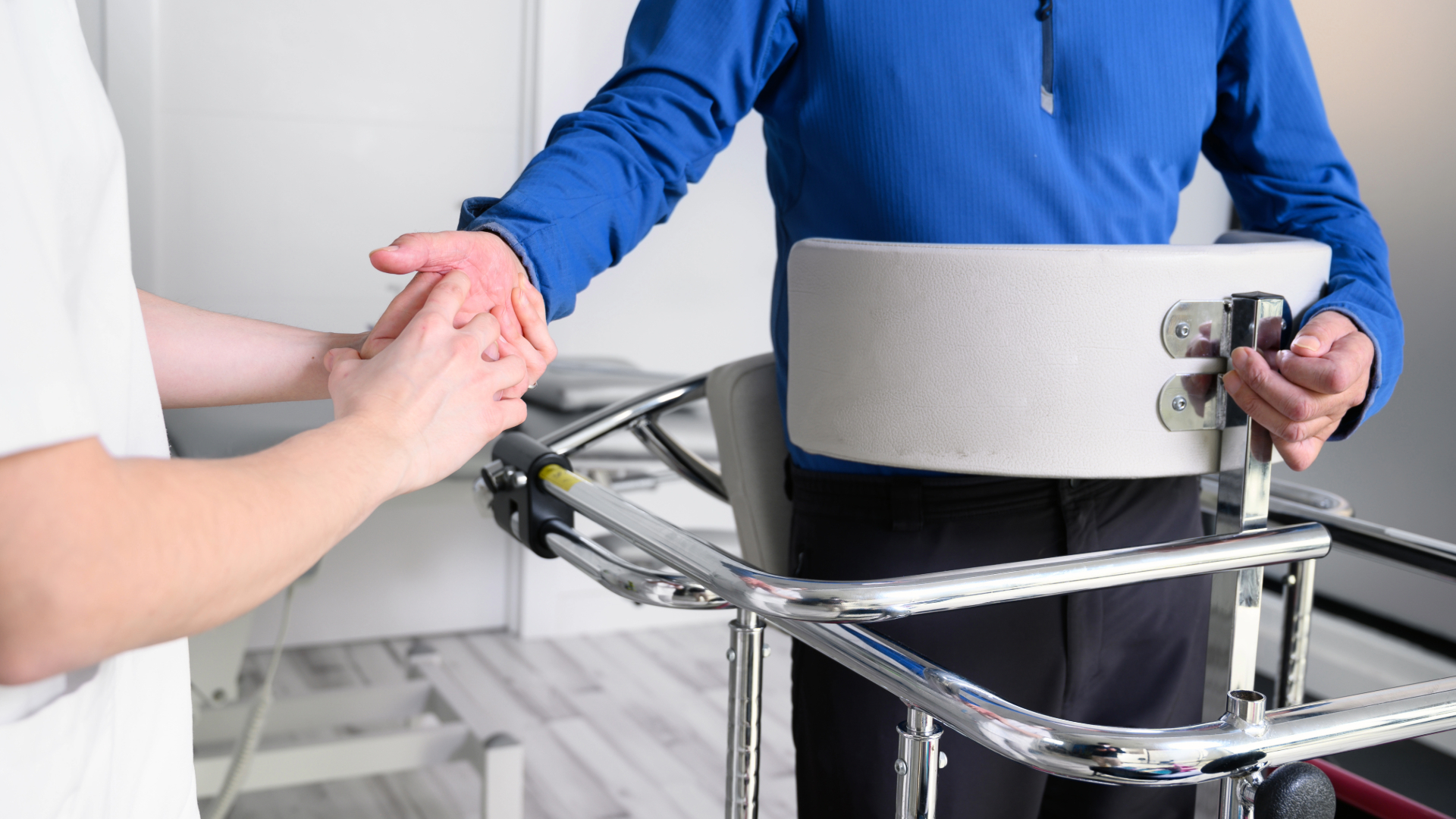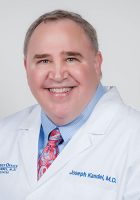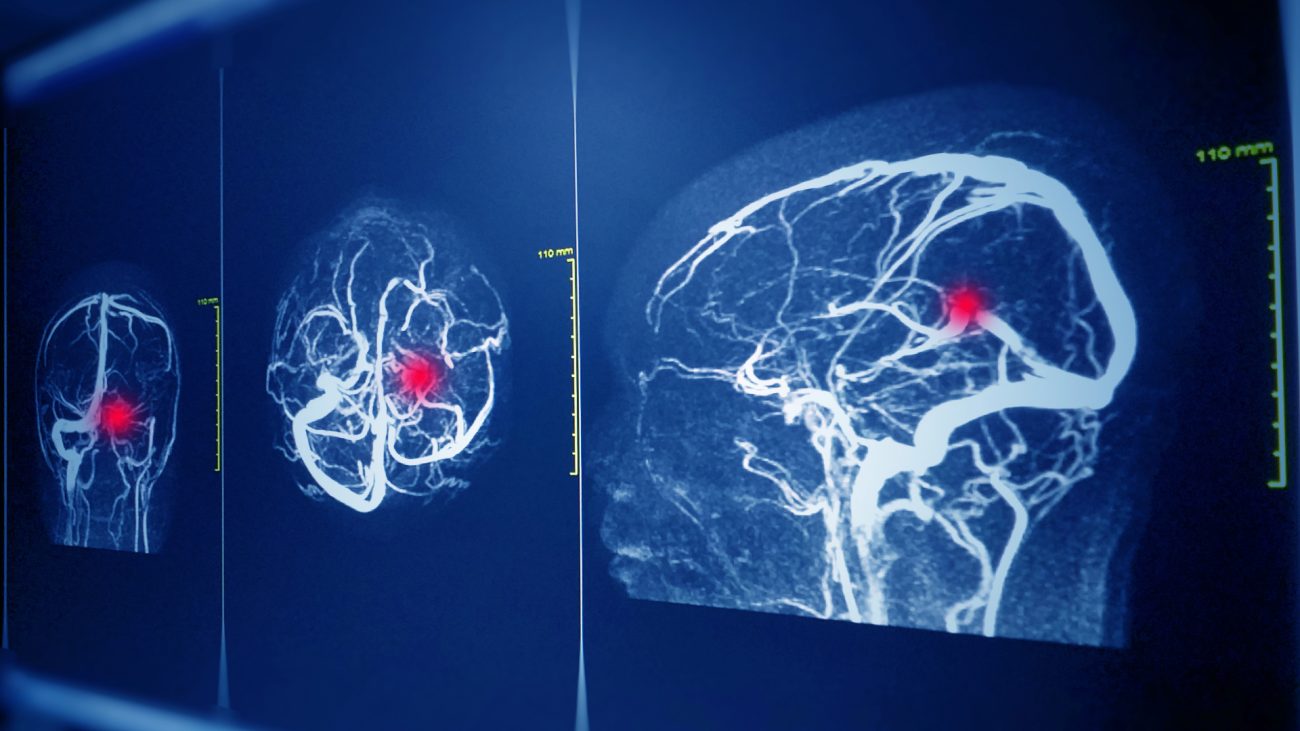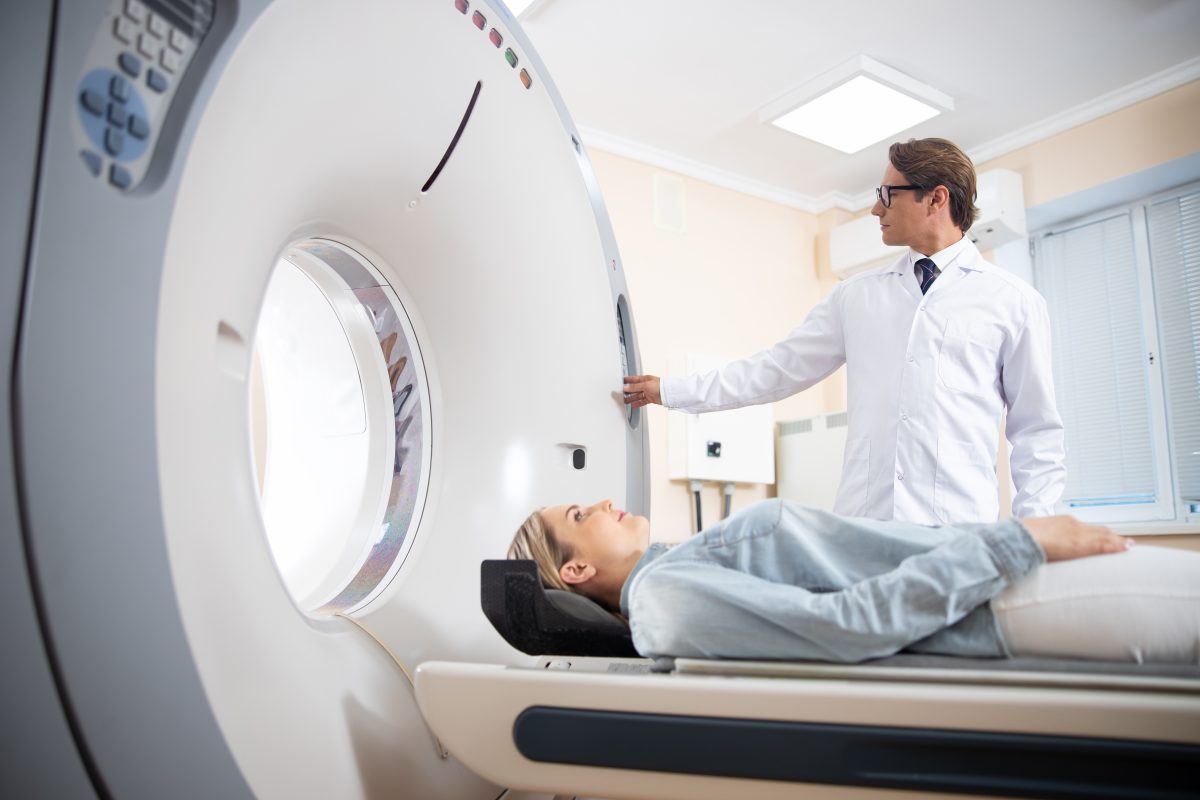In the field of neurology, there are life-altering diseases whose origins remain a medical challenge. Unfortunately, this is the case in ALS (Amyotrophic Lateral Sclerosis), widely known as Lou Gehrig’s disease, named after a legendary Yankees player whose career abruptly ended following diagnosis at the age of 36.
ALS, while considered a rare disease, affects approximately 1 in 400 people in the United States. The number of ALS cases worldwide is projected to increase by 70% over the next two decades.
The Nature of ALS
ALS is a neurodegenerative disease that disrupts the communication pathway between the brain and the muscles in the body. Resembling a highway system, “motor neurons” are responsible for carrying out signals throughout the body. When these signals are impaired, muscles lose their function, progressively weakening and stiffening over time, leading to eventual paralysis.
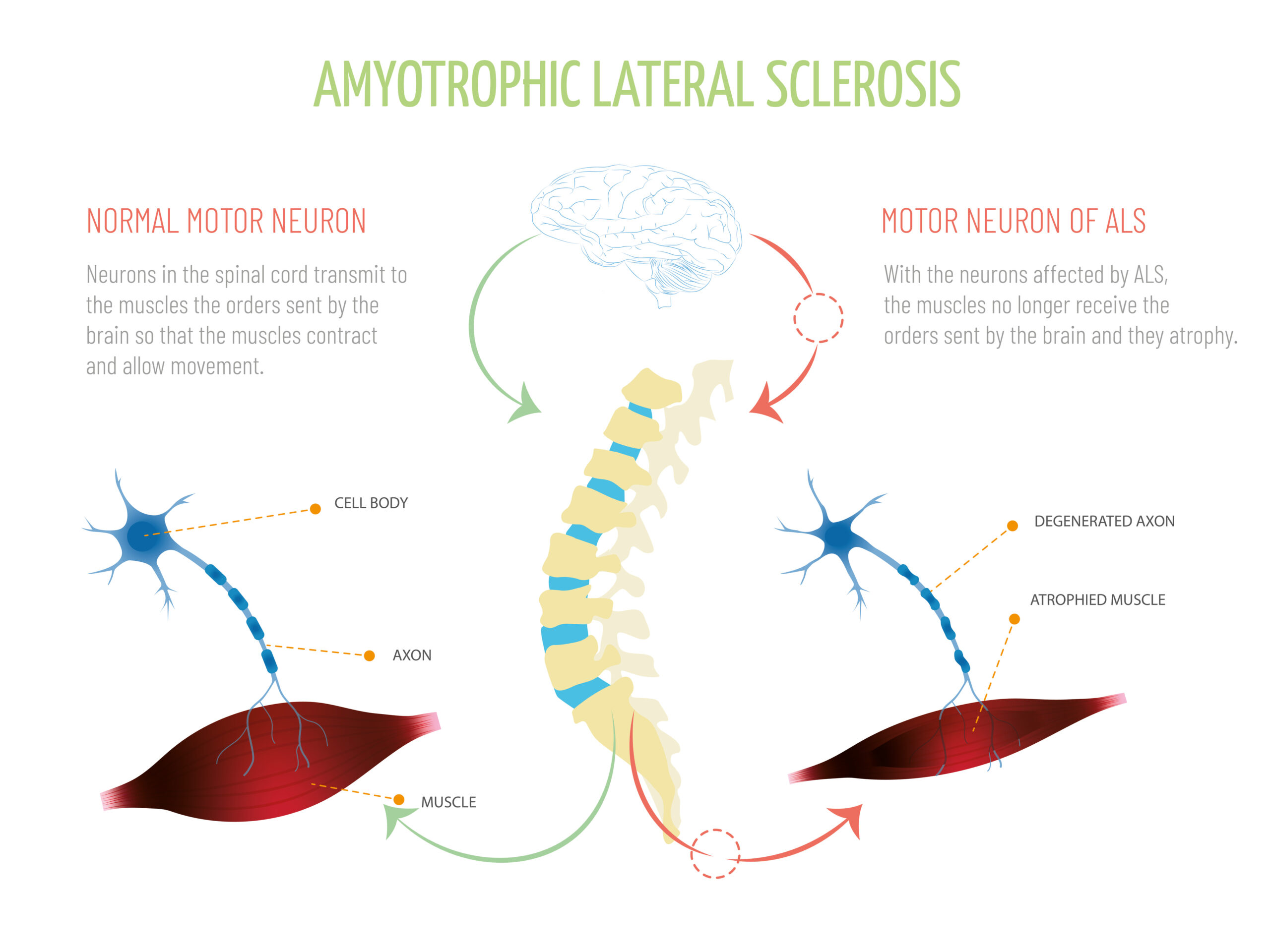
Many can agree that the devastating effects of ALS are the life-altering consequences of this fatal disease. Often starting with symptoms of muscle spasms and weakness in the hands and feet, ALS patients experience a regression in muscle ability that gradually develops into targeted immobility and eventual paralysis.
From the onset of ALS, all areas of life become affected, from movement to breathing to speech and consumption.
Recent Research into ALS
Today, ALS poses more questions than answers. However, an increase in scientific research and medical advancement provides a promising future in finding the cause and, ultimately, a cure for ALS.
Recent advancements in ALS treatment include gene therapy aimed at slowing progression for genetically predisposed patients and promising clinical trials for new medications targeting the disease’s molecular pathways. Additionally, stem cell therapy research offers the potential for neuron repair. These developments provide hope and more treatment options for extending survival and improving the quality of life in ALS patients. Unfortunately, all of this is still in the research stage.
Who is at Risk for ALS?
The latest research highlights several risk factors for ALS and provides a strong indication that the risk of ALS is prevalent in the following groups:
Genetics
Nearly 10% of ALS patients carry a genetic mutation associated with the development of ALS. This can result from an inherited mutation (familial ALS) or the sporadic development of a mutation.
Military Veterans
Recent studies have suggested that military service members are four times more likely to develop ALS in comparison to the general population. While the direct cause remains unknown, potential factors include exposure to harsh conditions, chemicals, injury, and trauma.
Electric Professions
High exposure to low EMF frequencies, as well as electric shock, has been shown to correlate with an increased risk of developing ALS. This is most related to patients with a history of electric professions, including electricians, welders, and train drivers.
TBI (Traumatic Brain Injury)
Several studies have linked brain injury as a risk factor for developing ALS as the risk is increased by about 38% in individuals who play professional sports such as soccer and football; this is also the case with military service members as well.
This risk is increased to 69% among those with severe injury.
Environmental Exposure
The Midwest region, for example, has shown a higher prevalence of ALS, potentially linked to specific environmental exposures common to the area, including agricultural chemicals, heavy metals, toxins from runoff, and air pollution.
Signs & Symptoms of ALS
Identifying ALS can be challenging as symptoms are often subtle at first but gradually intensify. The symptoms can be divided into three categories: early, middle, and late.
In early ALS, signs of motor neuron dysfunction can be detected via changes in muscle movement and balance.
Patients often experience:
- Debilitating fatigue
- Muscle cramping in the arms or legs
- Muscle weakness
- Involuntary muscle twitching
- Poor balance and coordination
- Speech difficulties
In the middle to late stages, these symptoms are more severe and intensified. This can include:
- Difficulty with breathing, swallowing, and speaking
- Debilitating muscle weakness
- Paralysis in some limbs
- Impairment of balance and ambulation
- Extreme paralysis and death
Early Detection & Management Strategies
Though there is no cure for ALS and prevention is not yet possible, understanding the risk factors and early symptoms can lead to earlier diagnosis and better management of the condition. Medical interventions focus on slowing disease progression and enhancing quality of life through a multidisciplinary approach involving neurologists, physiotherapists, nutritionists, and speech therapists.
FAQs about ALS
Does it come about suddenly?
No, it can typically develop over years but can rapidly progress once symptoms begin
When does ALS usually develop?
The most common onset is between 40-60 years of age, most commonly in men
Is there a cure?
Sadly, the disease is currently fatal, with a life expectancy of 2-4 years after diagnosis.
Can I prevent ALS?
While prevention isn’t possible, minimizing exposure to known risk factors such as smoking, exposure to toxins, and traumatic brain injury can be beneficial.
Supporting Loved Ones Diagnosed with ALS?
Supporting someone with ALS means being there emotionally. Let them know you are there for them, help them continue activities they love, and make the most of every moment together.
Community support groups are vital for those affected by ALS, offering a network for sharing experiences and emotional support. Organizations like the ALS Association and the Muscular Dystrophy Association, as well as online platforms such as PatientsLikeMe, provide forums for connection and information exchange. These groups help reduce the isolation associated with ALS and offer resources for treatment access and advocacy.
A Message From Dr. Kandel
“While this is truly a devastating disease, patient management can make a tremendous difference in someone’s life. Arranging appropriate support, including physiotherapy, speech and swallowing therapy, emotional support, and family counseling can take this devastating process and make it much more tolerable. I remind my patience, it is not how long you live but how well you live. Making the absolute most out of every single day is essential with this disorder.”
“To cure sometimes, to heal often, to comfort always”.
To help spread awareness, visit the following ALS resources:https://www.als.org/
To learn more about motor neuron disease, visit our Neurology Insights article here:
Feel free to share this with the people in your life who may benefit from this information! For more insights on neurology, check out our weekly tips on our Neurology Office Facebook page.
“To Cure Sometimes, To Heal Often, To Comfort Always”
Neurology Office, Joseph Kandel M.D. and Associates
“Concierge medicine without the concierge price”

